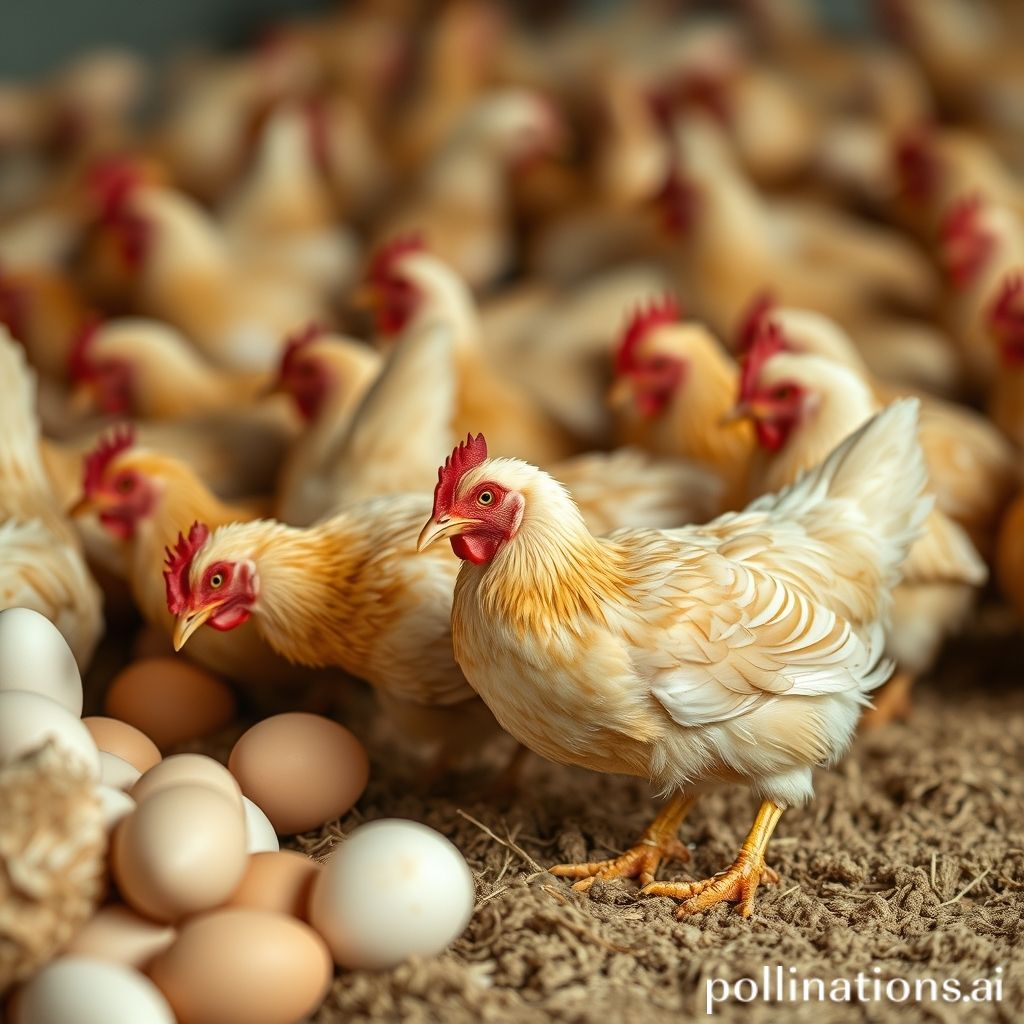Understanding the Current Egg Crisis: Causes and Impacts
The recent egg crisis in America stems from a complex interplay of factors, primarily centered around the ongoing bird flu outbreak. This highly contagious virus has decimated USA flocks, leading to a nine-year low in egg-laying hen populations. The scale of the outbreak is staggering, with recent cases affecting millions of birds, including over 3 million in a single incident at a commercial egg operation in Darke County, Ohio.
This crisis has far-reaching impacts. Consumers are facing soaring egg prices at supermarkets, while businesses that rely heavily on eggs as ingredients are struggling to manage costs. Bakeries, in particular, have reported that egg prices have doubled over the past two years. The restaurant industry has also been significantly affected, with Denny’s announcing a temporary surcharge on meals containing eggs to offset increased costs.
The Economic Ripple Effect: How Egg Prices Are Soaring
The U.S. Department of Agriculture (USDA) projects a staggering 41.1% increase in egg prices for 2025. This dramatic rise is primarily attributed to the ongoing avian influenza outbreak, which affected over 18 million commercial egg-laying hens in January 2025 alone.
The impact of this price hike is already being felt, with egg prices in January 2025 reported to be 53% higher than the previous year. This sharp increase has far-reaching implications for the entire food industry, potentially leading to higher prices for a wide range of food products.
Some stores have begun limiting the number of eggs customers can purchase, reminiscent of supply chain disruptions seen during the COVID-19 pandemic. This scarcity not only affects consumer behavior but also puts additional strain on businesses that rely on a steady supply of eggs.
Government Response: Assessing Policies to Combat the Shortage
The U.S. government has unveiled a comprehensive $1 billion plan to address the ongoing egg shortage. Key components of the government’s response include:
1. $500 million for biosecurity upgrades to help farmers protect their flocks from avian flu (JC Post).
2. $400 million to support farmers whose flocks have been impacted by avian flu outbreaks.
3. $100 million for research and development of vaccines and therapeutics for U.S. chicken flocks.
4. Plans to explore increasing egg imports to help lower consumer prices (Washington Post).
5. A review of regulations that may place an undue burden on egg producers.
Despite these measures, the USDA warns that egg prices could still increase by up to 41% in 2025.
Consumer Advice: Navigating the Grocery Aisle in a Shortage
To navigate these challenging times, consumers can consider the following strategies:
1. Explore plant-based alternatives: Just Egg, a popular egg alternative brand, has reported unprecedented demand.
2. Opt for other protein sources: Food banks are turning to alternatives such as tinned fish and peanut butter.
3. Look for specialty egg brands that have maintained stable prices.
4. Buy in bulk when prices dip and consider freezing eggs for later use.
5. Embrace egg-free recipes and experiment with substitutes in baking.
6. Support local farmers who might offer eggs at more stable prices.
Sources
- ABC News – Egg prices predicted to rise 41.1% in 2025: USDA
- Axios – Bird flu, egg prices leading to growing shortages of eggs
- Axios – Retail faux egg fervor
- Bloomberg – What’s Behind the Rapid Rise of Egg Prices?
- Business Insider – Egg prices: Food banks turn to alternative proteins
- Democrat and Chronicle – Egg prices to rise in 2025: USDA
- Farm Progress – Egg-laying hens at nine-year low as bird flu decimates USA flock
- JC Post – Government’s response to egg shortage
- Morning Journal – Egg prices, bird flu, Trump plan
